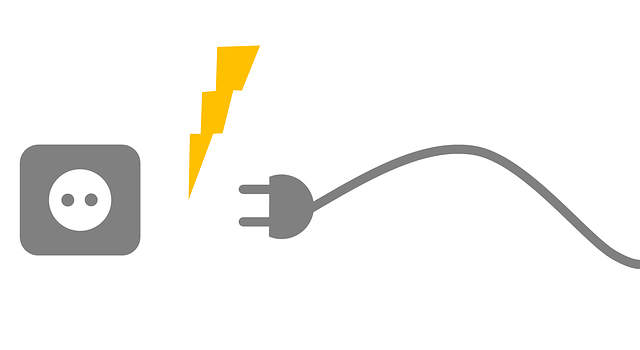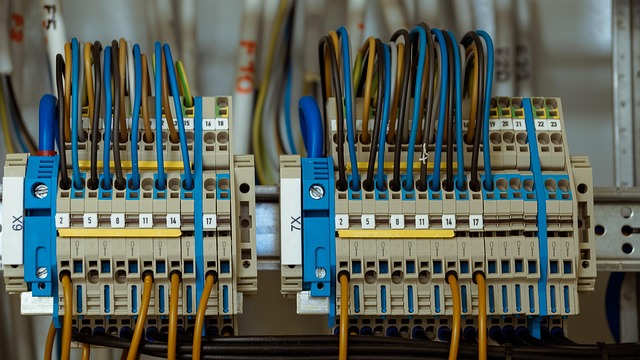A systematic approach to electrical malfunctions involves initial symptom identification, basic troubleshooting like checking connections and power supply, and safety precautions when dealing with live wires. For complex issues, consult a qualified electrician who utilizes diagnostic tools to pinpoint faulty components, conducts safe repairs or replacements, enhancing system reliability.
Troubleshooting and fixing electrical malfunctions requires a systematic approach. As an electrician, understanding your system is key. Begin by assessing the electrical network and identifying components showing signs of malfunction. Implement targeted troubleshooting techniques, ensuring safety precautions for accurate diagnostics.
Through meticulous analysis, you can pinpoint issues, from loose connections to faulty switches, and employ effective remedies to restore optimal performance.
- Assess the Electrical System and Identify Malfunctioning Components
- Implement Troubleshooting Techniques and Safety Precautions for Accurate Fixes
Assess the Electrical System and Identify Malfunctioning Components

When troubleshooting electrical malfunctions, the first step is to assess the entire electrical system. This involves examining the main power panel, checking for loose connections, and inspecting the wiring for any signs of damage or wear. An electrician can help identify problematic areas by using advanced diagnostic tools.
Once the system is thoroughly evaluated, the next step is to pinpoint the malfunctioning components. This may include faulty switches, outlets, or appliances. By isolating the issue, technicians can efficiently perform repairs or replacements, ensuring the safety and reliability of the electrical system.
Implement Troubleshooting Techniques and Safety Precautions for Accurate Fixes

When troubleshooting electrical malfunctions, a systematic approach is key. Start by identifying the symptoms—whether it’s a flickering light, a circuit breaker tripping frequently, or appliances not functioning. Once observed, employ basic troubleshooting techniques like checking for loose connections, inspecting fusibles, and verifying power supply. These initial steps often reveal the root cause.
Safety should never be compromised during electrical repairs. Always remember to turn off the power at the main circuit breaker or fuse box before beginning any work. Wear protective gear, such as insulated gloves and safety glasses, especially when handling live wires or working inside confined spaces. Relying on a qualified electrician is paramount for complex issues, ensuring accurate fixes and mitigating potential hazards.
Troubleshooting and fixing electrical malfunctions requires a systematic approach, as outlined in this article. By meticulously assessing the electrical system and identifying faulty components, electricians can implement effective troubleshooting techniques while adhering to safety precautions. These steps are essential for ensuring accurate fixes and maintaining a safe living or working environment. When faced with electrical issues, it’s crucial to rely on qualified professionals who can navigate these challenges efficiently.
